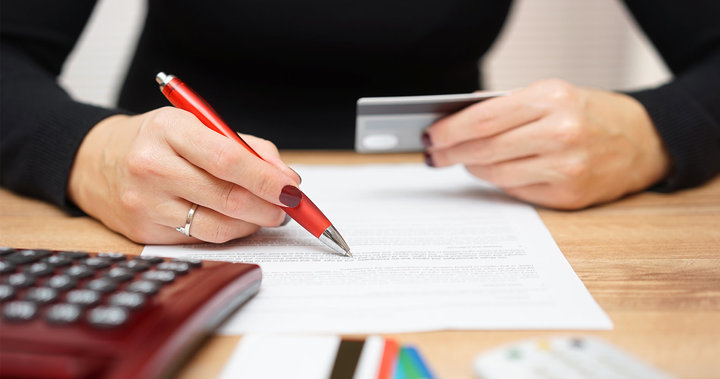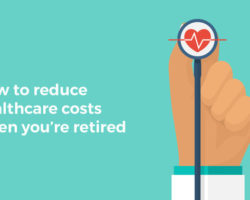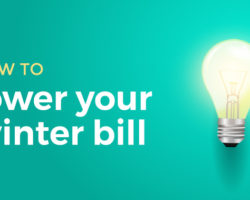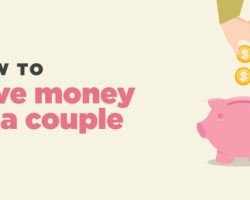There’s one thing that all credit card users have in common, and that’s the desire to pay off their credit cards. Meeting this goal each month can keep your finances healthy and your life stress free. Because we all know how much harm a missed payment can do. Not only will you have to pay more money next time, but your credit score will take a hit. And getting it back up will take a lot of hard work. However, you can avoid going through this ordeal by just making your payments on time. For those new to plastic or those who have gotten themselves in trouble, here’s how to pay off credit card debt.
Some methods you can use to pay off credit card debt
1. Start small
If you’re having financial troubles, paying off your smallest balance first can both give you some space to breath and also provide you with the motivation to take on other debts. This doesn’t mean, however, that you should ignore other credit cards. If you have credit cards with higher interest rates, the debt on those accounts will continue to grow.
2. Don’t let balances go all the way
Another good idea is to pay off those balances that are closest to the limit on a card. Maxed out cards can destroy any chances that you have to get better interest rates. They come with over-the-limit fees and can really damage your credit score, since it’s influenced by the way you use your credit card. You will look more credit-worthy in the eyes of your credit card company if you keep a low balance, and you will be able to prevent your interest rate from climbing.
3. High interest comes first
If you want to pay off your balance and reduce debt, it’s best to first go after those balances with the highest interest rate. Line up your credit cards from highest interest rate to lowest and start paying. And don’t forget to check if you can get a better rate, especially if you have good credit.
4. You can also mix’em up
You can also use a combination of the first three methods to take on debt. Just make sure to find out which area is more important to you. If you want to get rid of the balance with the highest interest rate, then pay that one in full, while making the minimum payments for the others. Once you reach that goal, move to another.
5. Balance transfers
Transferring your balance to a card with a lower rate is the final option. You can do it if you have a good score. Just make sure that it is the right choice for you. Balance transfers can come with extra fees. So it’s important to look for cards that offer 0% interest on balance transfers and purchases.
If you do move everything to a new card, with an 0% introductory rate, remember that this rate is only temporary. Try to pay everything off within that period of time.









